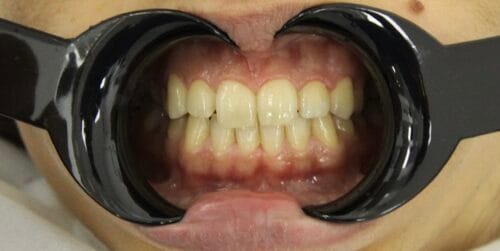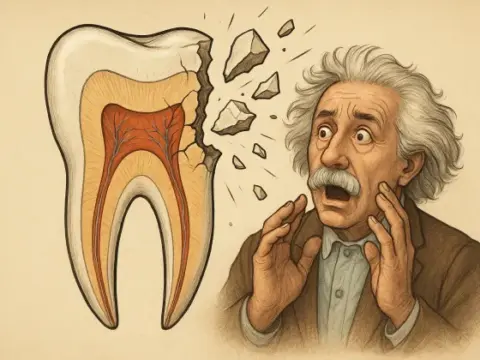Say Goodbye to Gummy Smile, Smile with Confidence!
Gingivectomy is the surgical cutting and removal of the gingiva and allows the gingiva to be reshaped for aesthetic and health purposes. It is often preferred especially in the case of a "gummy smile" where the gums are too visible or to lengthen the length of the tooth crown. The procedure is also applied in cases such as gingival growths and periodontal problems. This procedure, which is mostly performed under local anaesthesia, improves dental aesthetics while creating a healthy gum form.

Gingivectomy: Gum Contouring and Treatment
What is Gingivectomy?
Gingivectomy is a surgical procedure involving the removal of gum tissue. The shape and size of the gums may vary for different reasons, and this procedure corrects any excess tissue. It is commonly performed for aesthetic purposes, particularly to lengthen the crowns of front teeth. Often used to address a "gummy smile," it is preferred when excessive gum tissue is visible, especially in the upper front teeth.
The Main Purpose of Gingivectomy
The primary aim of a gingivectomy is to eliminate pathological gum pockets, improve oral hygiene, and remove fibrous pockets on the bone. By reshaping the gums, the procedure helps achieve an aesthetic and healthy gum line.
Who Can Have Gingivectomy?
Gingivectomy is suitable for individuals with gum overgrowth, tooth eruption issues, or asymmetrical and unaesthetic gums. It is often used to increase crown length before prosthetic or restorative treatments, treat periodontal abscesses, and remove fibrotic pockets.
How is Tooth Lengthening Performed with Gingivectomy?
Gingivectomy can be carried out using surgical, electrosurgical, chemical, or laser techniques. After reviewing the patient’s medical history, local anesthesia is administered, and the appropriate method is used. Each technique has its own advantages and limitations, and the choice of method depends on the patient’s condition and needs.
Who Cannot Have Gingivectomy?
Gingivectomy is not recommended for individuals with poor general health. It is also unsuitable in cases that require bone surgery, when periodontal pockets extend below the mucogingival junction, or in areas where the procedure could result in aesthetic problems.
Side Effects and Risks of Gingivectomy
Gingivectomy is generally a safe procedure. However, incorrect technique or lack of proper sterilization can lead to complications, such as infection. Electrosurgical procedures, if not performed carefully, may risk damaging healthy tissues.
Post-Gingivectomy Care
Proper oral hygiene is crucial after a gingivectomy. Periodontal paste is typically applied to the gums, and patients should consume soft or liquid foods. Chlorhexidine mouthwash is recommended to maintain oral cleanliness. A soft toothbrush should be used during the first month to avoid irritation.
How Long Does Tooth Lengthening with Gingivectomy Take?
The duration of the procedure depends on the number of teeth, their location, and the complexity of the case. However, most operations are completed in a single session lasting between 30 and 120 minutes.



